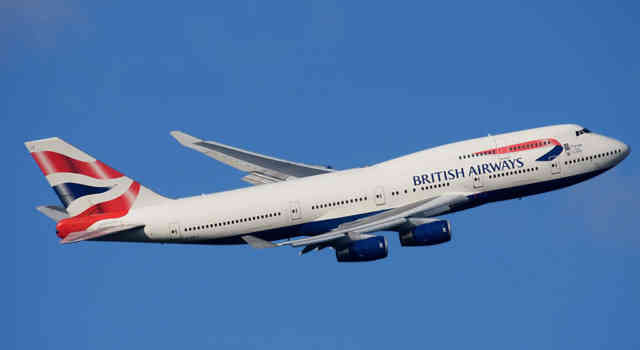Information Technology, fondly referred to as IT, has always delivered airline strategies and schemes that work wonderfully. One such strategy or application that has benefited airline companies considerably has been Airline Reservation System (ARS). Also known as Passenger Service System (PSS), the application has helped in establishing seamless contacts with passengers.
ARS has been one of the first systems developed for airline sector to improve overall efficiency. The predecessor of ARS was the proverbial Computer Reservation System (CRS). The ARS has taken a lot of noteworthy features from its predecessor.
How it all began?
An Airline Reservation System was developed in the late 1950s when American Airlines felt the need to have a real-time access to details of flights. The process helped automate as well as integrate the entire booking and ticketing procedures.
An overview of Airlines Reservation Systems
Airline Reservation Systems (ARSs), by and large, consist of:-
- Airline schedules
- Fare tariffs
- Ticket records
- Passenger reservations
An airline company having an ARS is able to do direct distribution within a reservation system. Also, such airline system helps thrust out information to the Global Distribution System (GDS). Airline reservation software has always helped air carrier companies be in direct touch with consumers. Every other consumer, having access to mobile and the Internet applications, do e-reservation. All in all, an ARS is a blessing for airlines that wish to get in touch with end users quickly and effortlessly.
The story of GDS
Many GDSs, nowadays, are managed by independent companies. Such companies allow GDS to be accessed by not only airlines, but also by travel companies. Along with travel agencies, GDS can be accessed by several indirect distribution channels too. Such common access to GDS helps in transmitting messages (throughout the domain) following a standardized messaging system. Before any type of regularization took place, every air carrier company had its own respective ARS.
The cutting-edge ARS has the capacity to do inventory management
The capacity of doing inventory management is held by many ARSs. Such an ability of ARSs is a boon for air carriers. An airline's inventory, by and large, consists of details related to:-
- Every flight owned by the air carrier
- Seats available within every flight managed by the air carrier
The inventory of an air carrier company has been divided into several classes such as:-
- First class
- Business class
- Economy class
Different booking conditions, including prices, apply for separate classes. Every ARS strives to maintain inventory data by:-
- Importing inventory data
- Scheduling distribution system upon standardized interfaces
The one of the key functions that has been performed by ARS's inventory management system is of inventory control. Inventory control helps determine the number of seats available within an air career. Often, an inventory control system of an air career company has an individual, real-time interface.
Two other critical functions of ARS other than inventory management
- The ability to display the available seats as well as reserve them is a noteworthy function carried out by ARSs.
- Fare quoting and ticketing are another auxiliary functions that all ARSs should easily perform.










